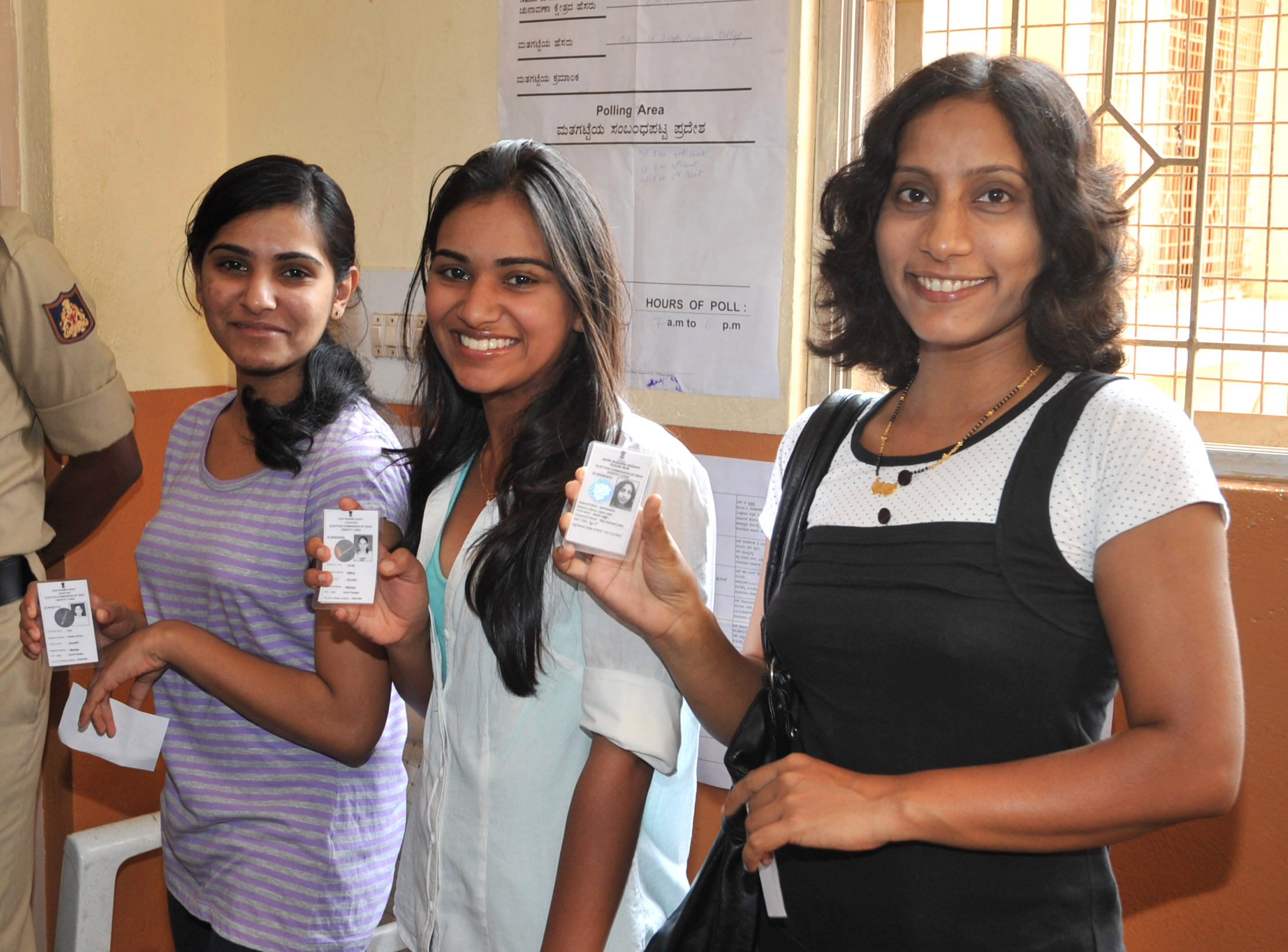How Urban Voters Lost Their Voice
The development gap between rural and urban India is a major concern for policy makers.
Here is another gap that’s worth examination: urban India has lesser representation in Parliament despite having a higher proportion of voters in cities, in many cases.
IndiaSpend earlier looked at the most urban and most rural constituencies across India from the perspective of voter participation.
It is largely accepted that rural India is a major “vote bank” and that most development or promises to this end are aimed at this group. But the definition of rural and urban is shifting, particularly when viewed through a census lens. The chart below shows, for instance, the gap in average urban and rural registered voters in 2009 and 2014.
The gap implies that people living in cities get a lesser voice in Parliament than people living in villages. The average voter registration from the past two elections shows a gap of about 300,000 voters between urban and rural constituencies. So, an MP from an urban constituency has to cater to approximately300,000 more people than one from the rural constituencies.
The 2011 Census recorded an overall increase in urban population for the first time. This is reflected in the increase in voter registration between 2009 and 2014. The tables below show change in the registered voters between the two elections.
The geographical boundaries of electoral constituencies are readjusted after each Census to equalise the number of voters in each constituency. The last readjustment was based on the 2001 Census and was done before the 2009 elections. The Constitution of India provides for such a readjustment to be held after each Census from 2001.
Despite the readjustment, there was a clear gap between urban and rural constituencies in 2009. And since the urban population is increasing faster now, constituencies need to be readjusted more cautiously.
The above tables also show a greater increase in urban voter registration than rural voters. The largest increase in a city was in Chennai South constituency- 6.3 lakh new voters, and among the rural constituencies was in Sharavasti in Uttar Pradesh - 3.8 lakh new voters. A few urban constituencies such as Mumbai South, Mumbai South Central and Bangalore South showed a decline in registered voters. However, the average increase of voters in cities was more than the increase in rural constituencies.



